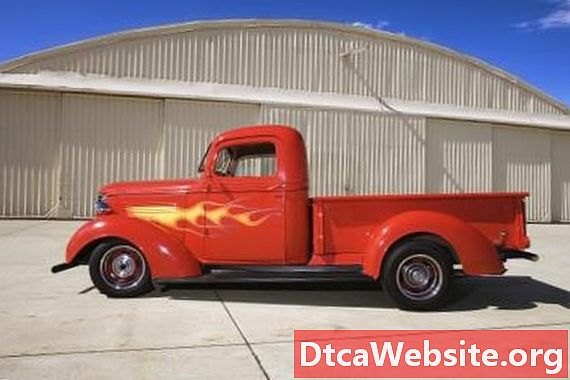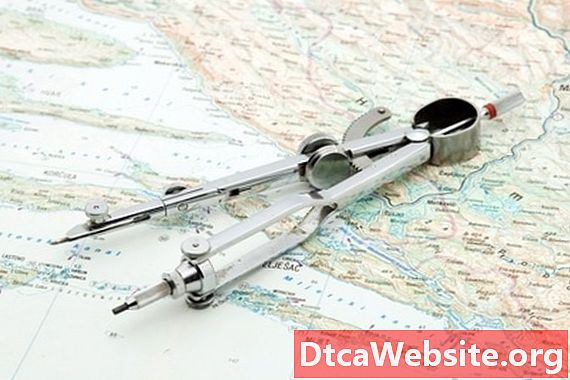
Contenu
To troubleshoot a Chevy 350 engine expediently, you must figure out if the problem is the ignition, electrical, fuel or mechanical. If the engine is not making noise (i.e. banging or knocking), it is easiest to first check for spark (ignition) and fuel. Once you learn that the problem is not in the ignition or with fuel, you can move onto diagnosing electrical and/or mechanical problems.
Check Fuel
Check for a fuel problem by spraying carburetor cleaner into the carburetor. Start the vehicle. If the vehicle starts, there is a fuel problem. If you have a mechanical fuel pump and the lines are not clogged, replace the mechanical pump. If you have an electric fuel pump, check the relay. If the relay is bad, replace it. If the relay is good, check for power at the electric fuel pump.
Check Ignition
Check the ignition by checking for spark. Pull any spark plug wire off a spark plug. Stick an extra spark plug into the end of the wire and lay it on the valve cover or intake manifold (chrome valve covers will not work for this---you must be able to create a good ground on metal). Watch for spark at the spark plug while a helper turns the engine over. If you see spark, the ignition is fine. If not, remove the distributor cap to check for worn contacts or a worn rotor. Make sure the points are adjusted properly. If you do not have a feeler gauge to check the points, a matchbook cover is the same thickness (.018 inch) as the feeler gauge needed to check points for this engine. Check the coil for voltage going into the coil by placing the positive lead of the voltmeter on the B+ terminal on the coil and the negative lead of the voltmeter to a good ground. Turn the key on. You should see 12 volts. If you do not see voltage going into the coil, check the ignition switch and the wiring between the ignition switch and the coil.
Check Battery and Alternator
Check the battery with a voltmeter by touching the positive terminal with the positive lead of the voltmeter and the negative battery terminal with the negative lead of the voltmeter. If the voltage is below 12.00, the battery needs to be charged before further testing. Start the vehicle after charging the battery. Touch the battery terminals with the respective voltmeter leads as outlined in the previous step. If the voltmeter shows 13.50 to 14.75 volts, the alternator is charging properly. Shut the vehicle off. Have a helper start the vehicle while you are watching the voltmeter. If the voltmeter drops below 10.75 while the vehicle is being started, the battery will not hold a charge and needs to be replaced.
Check Starter
Turn the key on and check for power at the starters B+ terminal if the battery and alternator are good. If there is no power at the starters B+ terminal, check the starter relay. If the starter relay is good, the starter is bad and needs to be replaced.


